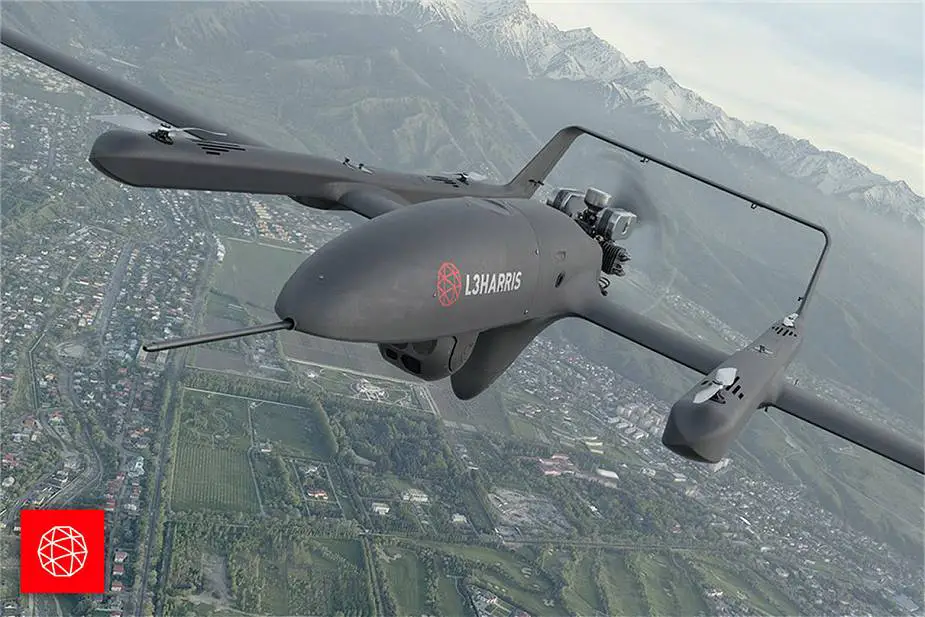Breaking news
US Navy selects L3Harris FVR-90 VTOL drone to participate in phase two of a demonstration.
According to a press release published on December 1, 2020, the U.S. Navy has selected L3Harris Technologies with its FVR-90 vertical take-off and landing (VTOL) unmanned aerial system (UAS) to participate in phase two of a demonstration to identify and evaluate unmanned aerial systems capable of operating in austere deployed environments without additional support systems.
Follow Navy Recognition on Google News at this link
 FVR-90 vertical take-off and landing VTOL unmanned aerial system UAS. (Picture source L3Harris)
FVR-90 vertical take-off and landing VTOL unmanned aerial system UAS. (Picture source L3Harris)
L3Harris was one of two teams selected by Naval Air Warfare Center Air Division (NAWCAD) AIRWorks, in collaboration with IMPAX, to participate in the three-week demonstration later this year in Yuma, Arizona.
The demonstration is part of a multi-phased selection process to evaluate state-of-the-art technologies, inform future acquisition strategies and satisfy merit-based competition requirements for potential Other Transaction (OT) awards for prototyping. Awarded OTs have the potential to become part of a future program of record estimated to be worth up to $1 billion.
The FVR-90 is a vertical take-off and landing (VTOL) unmanned aerial system (UAS) designed and developed by L3Harris Technologies. It uses patented Hybrid Quadrotor technology that allows it to take off in a confined area with a small crew and transition between horizontal and vertical flight quickly and accurately. The aircraft is different from existing ‘runway independent’ unmanned air systems, requiring no separate launcher or recovery device. It offers increased capability, portability, and smaller operational footprint for military and commercial unmanned aerial vehicle (UAV) applications.
The FVR-90 UAS has a length of 2.48 m, a width of 4.8 m, and a maximum gross take-off weight of 53kg. It can be operated by a pilot and a maintainer. The drone has the capacity to carry a maximum payload of 10kg including WESCAM MX-8 stabilized multi-sensor, multi-spectral imaging system, electro-optical (EO) and infrared (IR) system, and a mid-wave infrared (MWIR) camera.
“L3Harris’ FVR-90 offers unique technology not offered by other unmanned aerial systems,” said Dave Duggan, President, Precision Engagement Systems, L3Harris. “This unmanned system can operate in austere weather environments and multiple domains. The FVR-90 offers a vertical takeoff and landing capability that we believe can give the Navy the needed control to accomplish its important missions.”




























